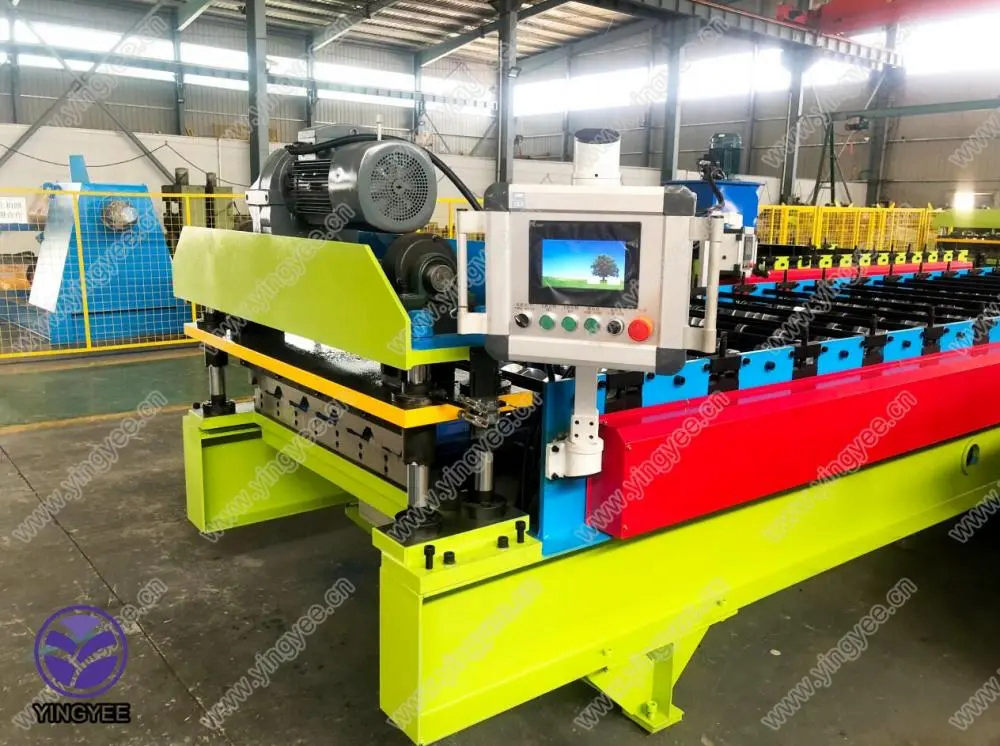
Understanding Roof Cold Roll Forming Machines
Roof cold roll forming machines have become an essential component in the construction and manufacturing industry. Designed to create various roofing profiles, these machines offer a combination of efficiency, precision, and versatility. This article will delve into the workings of roof cold roll forming machines, their advantages, applications, and the technology behind them.
What is a Roof Cold Roll Forming Machine?
A roof cold roll forming machine is a type of equipment used to manufacture metal roofing sheets from coils of steel or other metals. The process involves feeding metal coils through a series of rollers that gradually shape the metal into the desired profile. Unlike traditional methods of roofing material production, roll forming operates at room temperature, which enhances material properties and reduces the risk of defects.
How Does the Machine Work?
The operation of a roof cold roll forming machine can be broken down into several key steps
1. Material Preparation The process begins with loading a coil of metal onto a pay-off or decoiler. This coil is typically made from materials such as galvanized steel, aluminum, or stainless steel.
2. Feeding The coil is fed into the roll forming station where it is straightened and aligned to prepare for processing.
3. Roll Forming The metal passes through a series of rollers that apply pressure to shape it into the desired profile. Each roller has a specific design that gradually alters the shape of the metal until it reaches the final profile, such as corrugated sheets, standing seam roofs, or other specialized roofing systems.
5. Finishing After cutting, the finished roofing sheets are collected and may undergo additional processes such as painting or coating, depending on the specific requirements of the project.

Advantages of Cold Roll Forming
Roof cold roll forming machines offer numerous advantages over traditional roofing manufacturing methods
- Efficiency The continuous nature of the roll forming process results in less waste compared to cutting from flat sheets. It allows for high-speed production of roofing materials, significantly reducing manufacturing time.
- Precision These machines produce highly accurate and uniform products, ensuring that roofing sheets fit perfectly, which is crucial for successful installation.
- Versatility A single machine can produce various profiles by simply changing the roll tooling, making it adaptable to different customer needs without significant investment in new machinery.
- Material Strength Since the forming process occurs at room temperature, the mechanical properties of the material are better retained. Cold-formed products often exhibit higher yield strength, making them suitable for various applications.
Applications of Roof Cold Roll Forming Machines
The applications of roof cold roll forming machines are extensive. They are widely used in residential, commercial, and industrial constructions to create durable and aesthetically pleasing roofing systems. Beyond roofing, these machines are also utilized in the production of wall panels, purlins, and even structural components.
Conclusion
In conclusion, roof cold roll forming machines represent a technological advancement in the way roofing materials are produced. Their efficiency, precision, and versatility have made them invaluable in meeting the demands of modern construction. As the industry continues to evolve with new materials and designs, cold roll forming technology is likely to play an even larger role in shaping the future of roofing solutions.